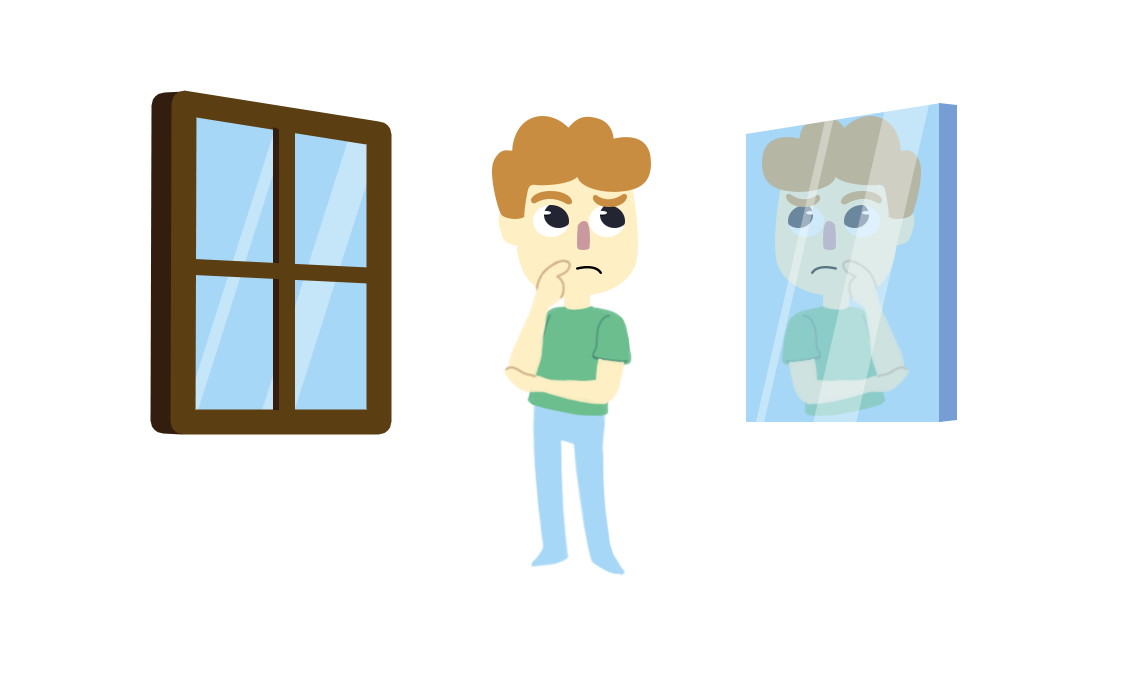Card

Windows and Mirrors
This strategy helps students analyze multiple perspectives. Students determine whether a text, an image, or a video is a window into others' experiences and identities or is a mirror reflecting their own lived experiences and identities.
Windows and Mirrors
Summary
This strategy guides students to understand themselves and others through analyzing multiple perspectives. Students determine whether a text, an image, or a video is a window into others' experiences and identities or is a mirror reflecting their own lived experiences and identities. The goal is for students to examine how people's experiences and identities shape their perspectives about themselves and the world.
Procedure
Choose a text, an image, or a video for students to analyze.
Next, guide students in identifying the main idea(s) and themes of the selection to establish a general understanding of the text, image, or video.
Provide students with the following definitions and explain how the concept of “windows” and “mirrors” relates to the curriculum.
Window: What you observe does not reflect your experiences or identities. It is a “window” into experiences and identities that are different from your own.
Mirror: What you observe reflects some of your experiences and identities. It is a “mirror” of some aspects of your own life.
As students engage with the selection, ask them to think about its main idea(s) and the ways in which it might be a “window” or a “mirror” for them. Have students provide textual evidence to demonstrate their understanding.
Then, ask students to determine whether the selection was a “window” or a “mirror” for them. You may have students write their responses and/or share their thoughts verbally in small-group or whole-class discussions.
Style, E. (1996). Curriculum as window and mirror. Social science record. http://www.nationalseedproject.org/images/documents/Curriculum_As_Window_and_Mirror.pdf




